
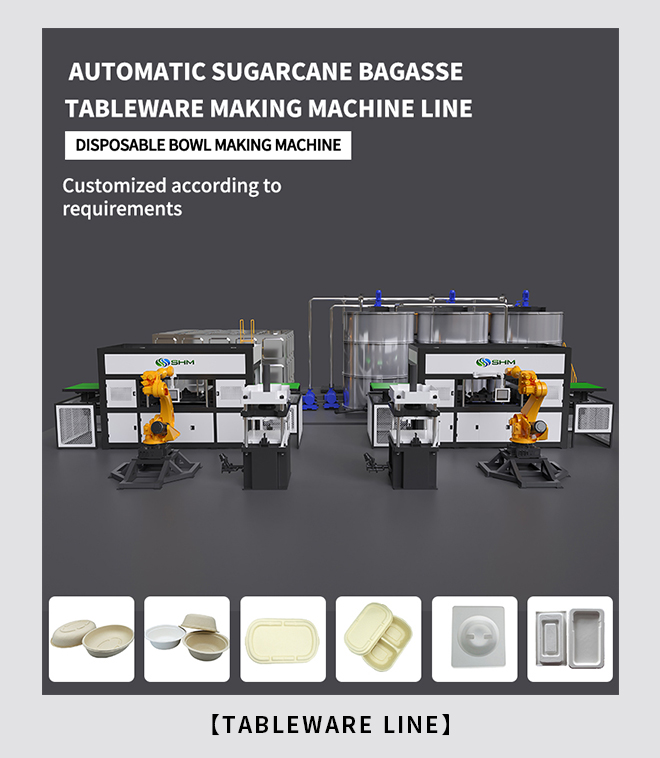
SHM eco-friendly tableware making machine is a pulp molding machine, it also called biodegradable rotary tableware making machine. they are automatic pulp molded tableware production line, helping make all kinds of biodegradable food containers, through pulp molding technology

Fully-automatic control;
Stable and durable;
Energy saving;
Can produce high-precision free trimming products;
Well use of forming mold, 2 hot-pressing molds share one ;forming mold, saveing one forming mechanism;
High cost performance intelligent control system;
Safe and simple operation and maintenance.

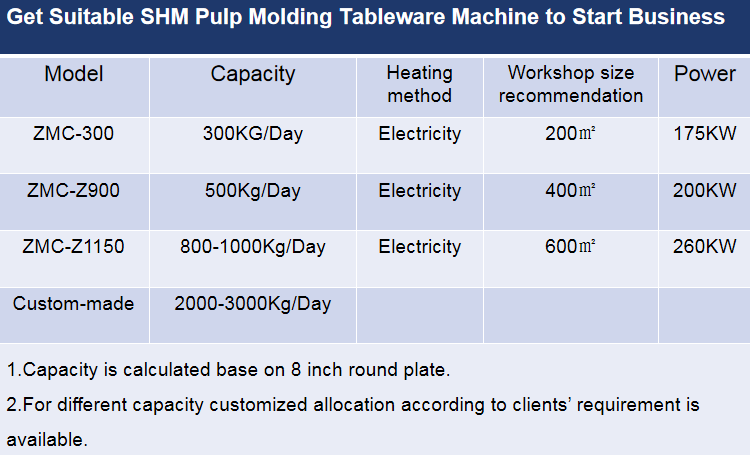

SHM is a global supplier of high-quality molded fiber packaging production lines, we provide sustainable and innovative solutions for the food service and packaging market.
In 1986, the founder of the company Mr Chao started his work at pulp molding industry, and holds a number of pulp molding patents.
In 2007, SHM was established;
In 2014, SHM participated in the formulation of industry standards for pulp molding in China;
SHM team pay great importance to quality, automatic pulp molding equipment factory direct;
Owns CE and ISO9001 certificates;
13+ years high-tech enterprises in China;
15+ years Alibaba member;
SHM owns 40+patents for fiber molded machines;
Approvals from Top 5 USA packaging companies.

What is the process of making biodegradable pulp tableware?
The process of making biodegradable pulp tableware using a pulp molding machine involves several key steps, from raw material preparation to the final packaging. Here is an overview of the process:
1.Paper Pulp Tableware Raw Material Preparation:
The primary raw material could be sugarcane bagasse pulp, wood pulp, straw pulp, bamboo pulp or other kind after paper process pulp.
2.Pulping:
The shredded material is mixed with water to create a pulp slurry. The consistency of the slurry can be adjusted based on the specific requirements of the final product.
3.Molding Process:
The slurry is pumped from the slurry tank to the forming part through a slurry pump
The pulp molding machine forms the wet pulp into the desired shapes using molds. These molds are customized based on the type of tableware being produced (plates, bowls, trays, clamshell boxes etc.).
The molds may be rotary, reciprocating, or other types depending on the design and production volume.
4.Hot Press Forming:
After molding, the formed pulp products are transferred to a hot press.
The hot press applies heat and pressure to further shape and consolidate the products. This helps in enhancing the strength and rigidity of the tableware.
The temperature and pressure parameters are carefully controlled and products dry in the hot press molds.
5.Trimming:
Once the products are dry and stable, they undergo a trimming process to remove any excess material or uneven edges.
Automated trimming machines or manual processes may be used to achieve the desired final shape and appearance.
6.Packaging:
The finished biodegradable pulp tableware is packaged for distribution and sale.
Packaging materials are chosen with consideration for their environmental impact, often using eco-friendly alternatives.
Throughout this entire molded pulp process, it's essential to consider the use of environmentally friendly practices and materials to align with the overall goal of producing biodegradable and sustainable tableware. The use of recycled plant fiber, energy-efficient processes, and responsible waste management contribute to the eco-friendliness of the entire production cycle.
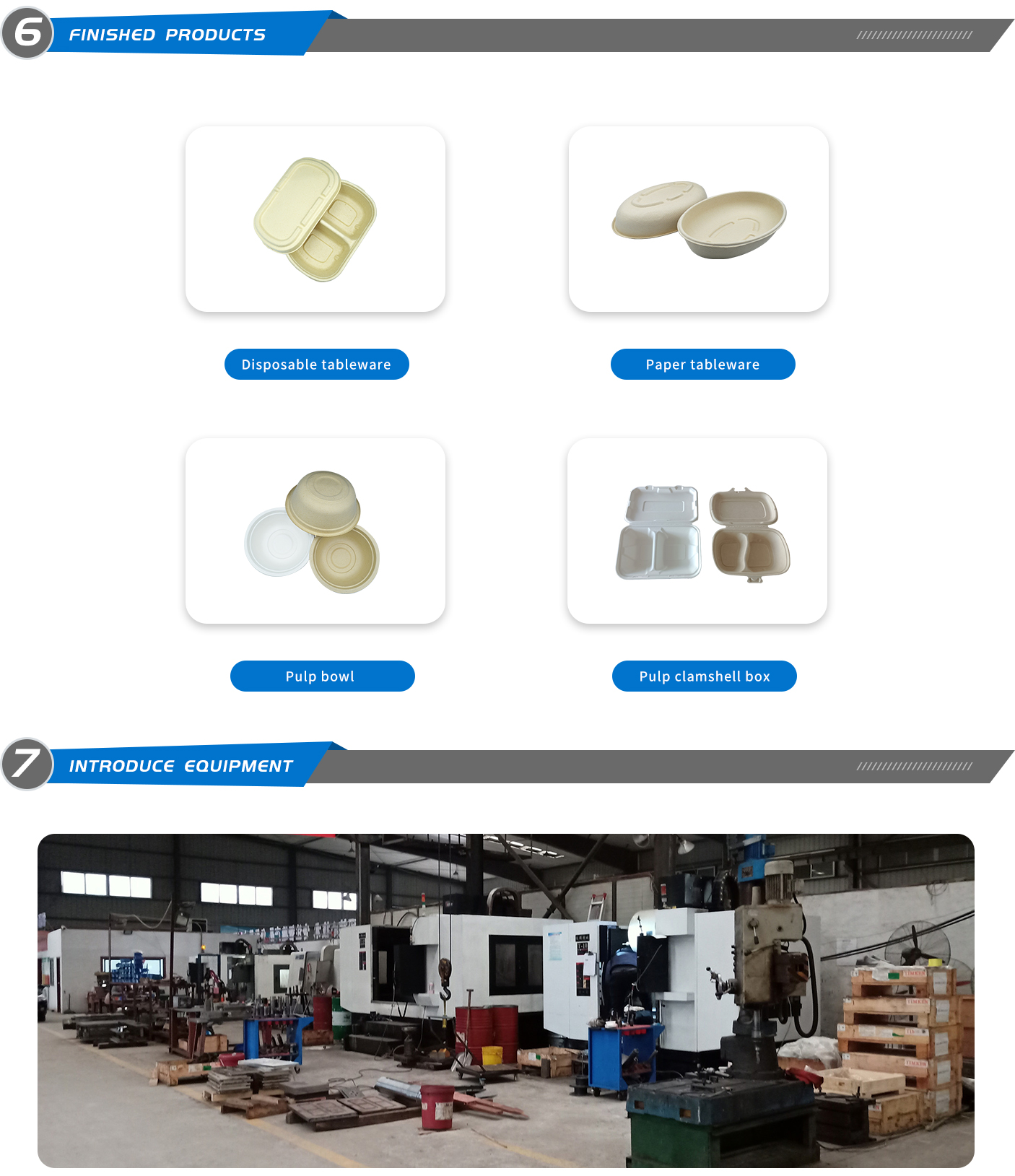


SERVICE
1. Engineering research and technical consultation;
2. Manufacture;
3. Project Schedule;
4. Preparation of documents and drawings;
5. Training of maintenance and operation personnel;
6. Guide Assembly line installation;
7. Electrical and mechanical design;
8. System integration;
9. System test and handover;
10. One year of after-sales support;
11. Spare parts are included;
12. Installation within the scope of supply;
13 Operation support for the buyer’s factory;
14. System test after equipment delivery;
15. Documentation of assemble line.
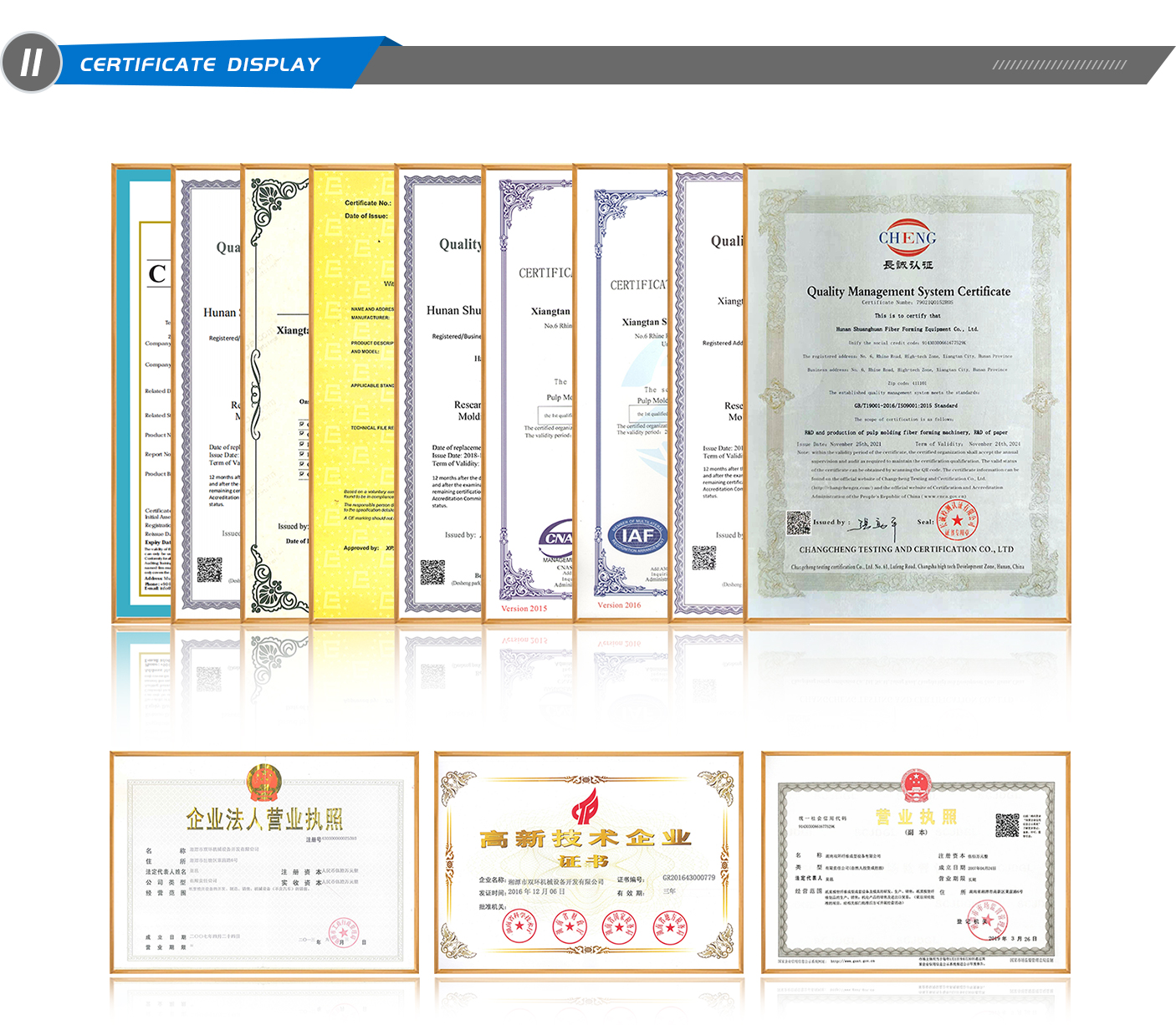
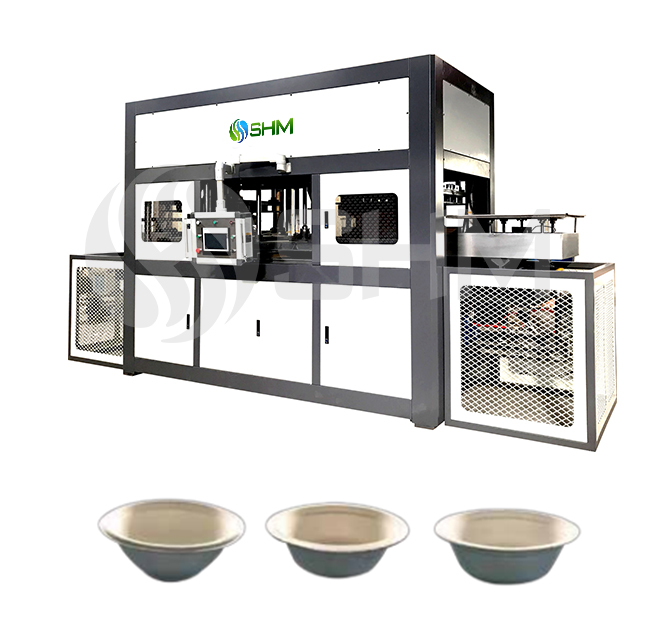 RELATED
RELATED
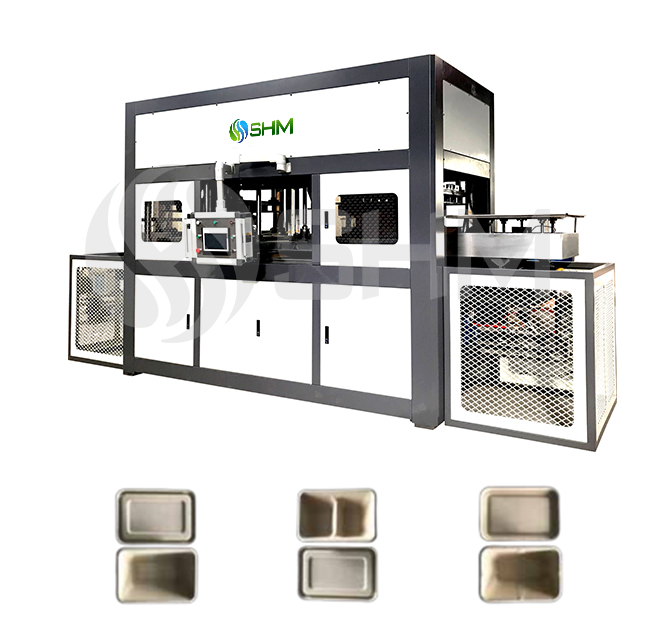 RELATED
RELATED
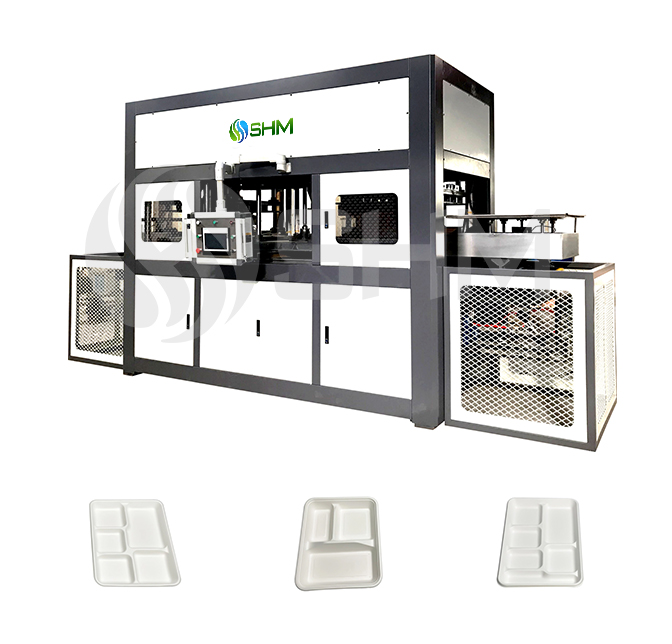 RELATED
RELATED
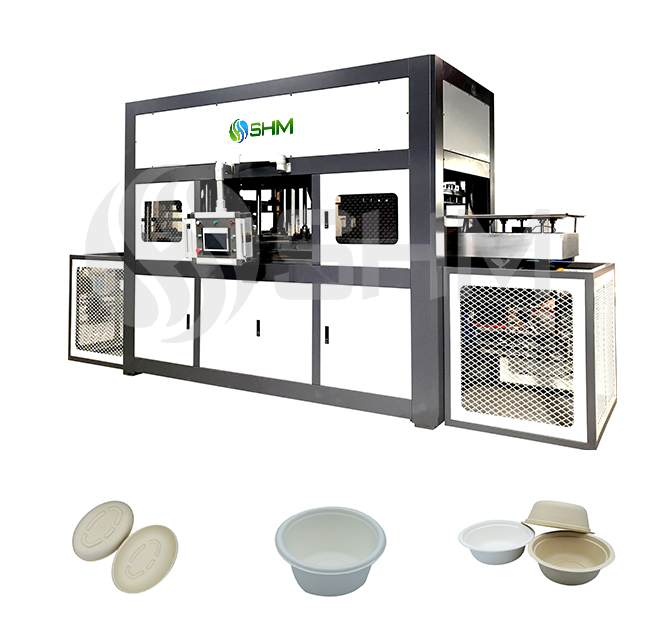 RELATED
RELATED